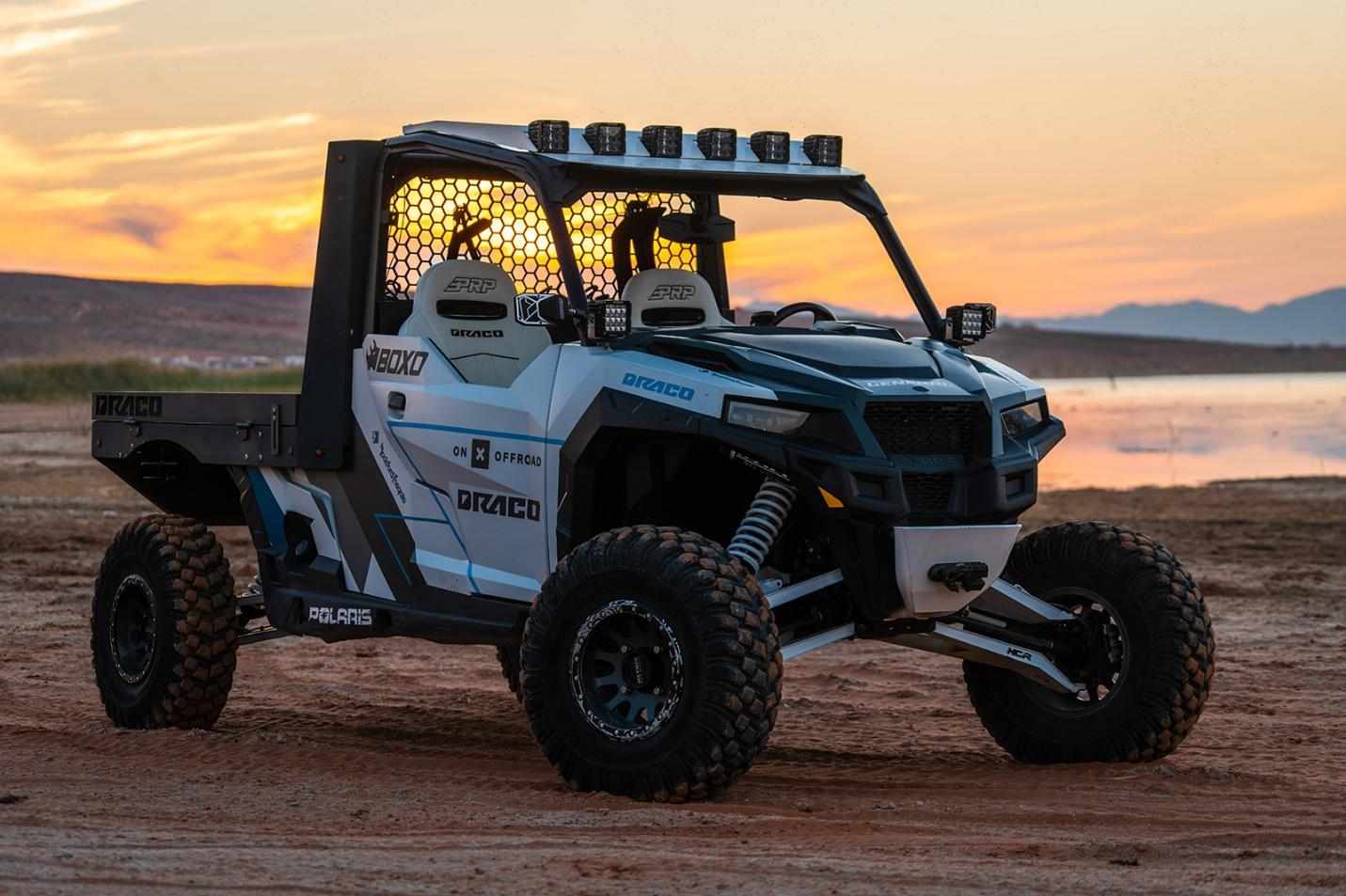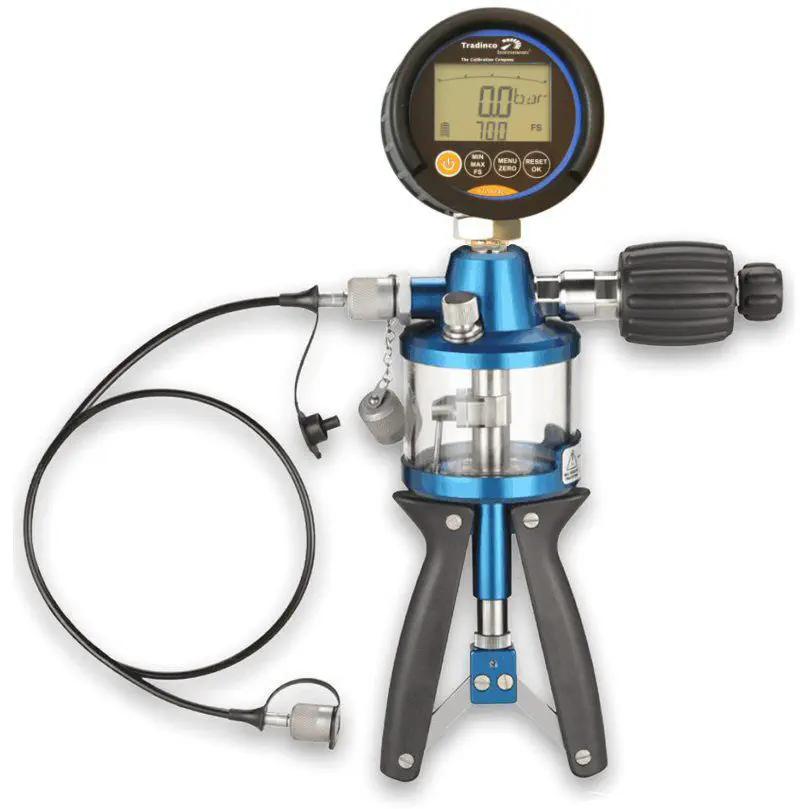
The Norway 4WD UTV Market size is predicted to reach USD 73.4 million by 2030, at a CAGR of 4.5% from 2025 to 2030. Norway, renowned for its rugged landscapes and leadership in electric vehicle (EV) adoption, is witnessing a dynamic shift in its 4WD Utility Terrain Vehicle (UTV) market in 2025. Known for their versatility in agriculture, recreation, and industrial applications, 4WD UTVs are carving a niche despite the country’s overwhelming focus on EVs. Recent developments, including technological advancements, environmental regulations, and the rise of Chinese manufacturers, are shaping this market. This article explores the latest trends driving Norway’s 4WD UTV market, drawing on recent industry updates.
Norway’s EV-Dominated Landscape
Norway is the global leader in EV adoption, with plugin EVs capturing a record 97.7% market share in June 2025, up from 85.3% the previous year, according to CleanTechnica. Battery electric vehicles (BEVs) alone accounted for 96.9% of new vehicle sales, driven by favorable tax policies and a recent interest rate reduction to 4.25%, which has boosted car financing. While this EV dominance primarily applies to passenger vehicles, it sets a unique backdrop for the 4WD UTV market, where electric and hybrid models are gaining traction alongside traditional internal combustion engine (ICE) UTVs.
The country’s goal of achieving 100% zero-emission new car sales by 2025 has influenced off-road vehicle segments, including UTVs. Norway’s 60,000 miles of roads, winding through fjords and mountainous terrain, make 4WD UTVs essential for rural and industrial applications, even as EVs dominate urban markets.
Rise of Electric and Hybrid UTVs
The global push for sustainability is impacting Norway’s 4WD UTV market, with manufacturers introducing electric and hybrid models to align with the country’s environmental goals. Electric UTVs are gaining popularity for their efficiency and reduced emissions, particularly in agricultural and recreational settings. Companies like Polaris Inc., a key player in the global UTV market, have launched models like the 2024 XPEDITION XP ADV Series, which offers a 1000cc engine but is also being adapted into hybrid variants for markets like Norway.
These electric UTVs feature smart connectivity platforms for real-time monitoring and advanced suspension systems for enhanced performance on Norway’s rugged terrains. The focus on sustainability is critical, as Norway’s strict environmental regulations restrict off-road vehicle use in wildlife areas to minimize terrain damage. Electric UTVs, with their lower environmental impact, are well-positioned to meet these regulatory demands, driving their adoption in both commercial and recreational sectors.
Chinese Manufacturers Enter the Fray
Chinese brands are making significant inroads into Norway’s automotive market, capturing a 10.04% share of the passenger vehicle market between January and June 2025, according to CNBC. While primarily focused on EVs, companies like BYD and XPeng are expanding into the off-road vehicle segment, including 4WD UTVs. Their affordable models, equipped with robust 4WD systems, are challenging established players like Polaris, Yamaha, and Kawasaki. For instance, BYD’s Seagull, though a compact EV, has inspired off-road variants tailored for utility tasks, appealing to cost-conscious Norwegian buyers.
Norway’s decision not to impose tariffs on Chinese EV imports has facilitated this growth, making Chinese UTVs a competitive option. These vehicles, often equipped with advanced safety features like rollover protection and braking systems, are gaining traction in rural areas where affordability and durability are key.
Applications Driving Demand
Norway’s diverse geography, from fjords to snowy mountains, drives demand for 4WD UTVs across multiple sectors. In agriculture, UTVs are used for hauling, spraying, and plowing, particularly in remote regions where traditional vehicles struggle. The recreational sector, including off-road racing and adventure tourism, is another significant driver, though environmental restrictions limit certain activities. The military’s increasing use of UTVs for tactical operations, such as troop and equipment transport, is also boosting demand, as noted in global market reports.
The versatility of 4WD UTVs makes them indispensable in Norway’s rural and industrial landscapes. However, high maintenance costs and bans on off-road driving in sensitive ecological areas pose challenges, pushing manufacturers to develop safer and more sustainable models.
Technological Advancements and Customization
Technological innovation is a key driver of the 4WD UTV market in Norway. Manufacturers are investing in research and development to create vehicles with enhanced connectivity, safety, and customization options. For example, Polaris Inc.’s 2025 RZR Pro R, a four-seater UTV, incorporates advanced suspension and smart diagnostics, catering to Norway’s demand for rugged yet sophisticated vehicles. These features enhance ride comfort and performance, making UTVs suitable for both work and leisure.
Customization is another growing trend, with consumers seeking UTVs tailored to specific needs, such as agricultural tasks or recreational adventures. Advanced lighting systems, critical for Norway’s long winters, are also seeing increased demand, with the global ATV/UTV lighting market projected to grow steadily through 2032.
Challenges in a Competitive Market
Despite its growth, the 4WD UTV market faces challenges. The dominance of EVs in Norway’s automotive sector can overshadow ICE-based UTVs, which still hold a significant share due to their power and range. High maintenance costs and environmental regulations, particularly restrictions on off-road driving, limit market expansion. Additionally, the influx of Chinese brands has intensified competition, putting pressure on established manufacturers to innovate and reduce prices.
The market also faces economic uncertainties. While Norway’s recent interest rate cut has supported vehicle financing, a 0.4% GDP contraction in Q1 2025 suggests cautious consumer spending. This could impact high-cost purchases like UTVs, particularly in the recreational segment.
Competitive Landscape and Key Players
The 4WD UTV market in Norway is competitive, with global leaders like Polaris Inc., Yamaha Motor Corporation, and Kawasaki Motors Corporation dominating. These companies are focusing on R&D to develop electric and hybrid models that align with Norway’s sustainability goals. Chinese brands like BYD and XPeng are emerging as disruptors, offering affordable alternatives with comparable performance. Local distributors are also playing a key role, ensuring access to both new and used UTVs, particularly in rural areas.
Conclusion
Norway’s 4WD UTV market in 2025 is thriving despite the country’s EV dominance, driven by technological advancements, Chinese market entry, and diverse applications. Electric and hybrid UTVs are gaining ground, supported by Norway’s environmental policies, while traditional ICE models remain relevant for their power and versatility. Challenges like high costs and regulatory restrictions persist, but the market’s adaptability and innovation ensure its resilience. As Norway balances its EV leadership with the practical needs of its rugged landscapes, the 4WD UTV market is poised for steady growth, blending sustainability with performance.




















Write a comment ...